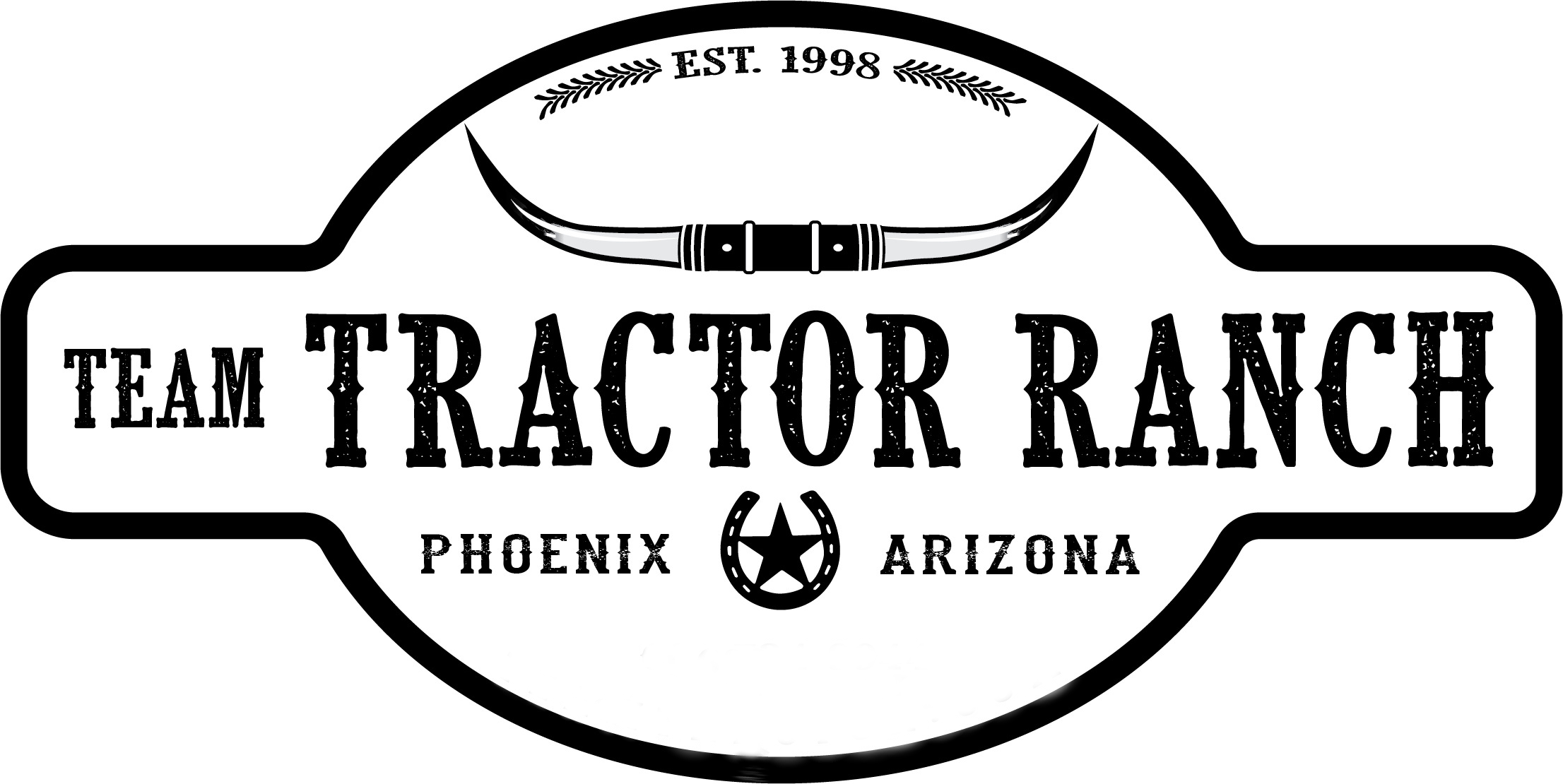How Do I Build a High Quality, Inexpensive Animal Barn or Shed?
We want to teach you everything you need to consider when building an animal barn or shed for fun and profit.
Of course, when the time comes, we are also here to help you choose and purchase the perfect tractor for your homestead.
Let’s get started on our journey.
Opportunity
Moving to a rural area, where you have expanded space, offers great opportunities to raise animals. These animals can provide a source of income, food, and companionship.
If you are building a rural home and are planning to raise livestock on your property --- here are some factors to consider if you plan to build a barn or shed for animals.
Building a Barn
First and foremost, always work with a home builder that will ensure that the vision of your rural property is realized. They will plan your project and consider everything that is important to you.
They will design detailed floor plans and propose the best building materials. A good home builder will carefully guide you throughout the entire construction process.
Before deciding on where to put a barn, you must identify the types of livestock that you are going to raise. Will you have goats, horses, chickens, mini milking cows, or pigs?
The kind of animals that will live in your barn will define how it is going to be built. An average-sized horse will be comfortable in a 10×12 stall. Smaller animals such as pigs, pygmy goats, or chickens, will need pens with a roof.
You will also need a good-sized storage room for equipment, feeds, and food for your animals.
Location
Location is very important when considering a barn or shed.
Areas that are well-ventilated will be comfortable for the animals.
If you have a large property, then the barn should be near your home. This makes it easy to go there anytime to clean, feed, or check on your livestock. This will be especially helpful in bad weather.
Keep in mind that each town has different rules when it comes to the distance between where animals are being kept and your home. Always check into local building codes and ordinances.
Barns smell, so you need to pay attention to prevailing winds. If they blow into your house, that may not be a good thing.
Another advantage of locating the barn close to your home is the ease of bringing electricity and running water from the house to the shed or barn.
Having lights for surveillance and security, as well as water for feeding and cleaning the area for hygiene and sanitation purposes, are vital amenities in your barn.
Drainage
Do not overlook drainage.
Drainage is important as it helps you to avoid the effects of flooding. It also provides the proper runoff for excess and waste water.
Without drainage, you will have a filthy, unhealthy, and muddy site. This is a health risk to you, your family, and the animals.
You may need to dig some ditches to properly manage the runoff. This could impact the area around your property, as well as the roads.
Therefore, you need to pre-plan the grading, erosion, and drainage before establishing a location and building a barn.
Animal Shed
You may already have a structure on your property.
This may include an entire building or a roof covering and fencing.
Think about all the ways you could utilize some, or all of it. If you can start with an existing structure, it will help you define the space --- and possibly save you on the cost of your building materials.
Labor Cost
On average, the labor cost to build a pole barn is around $8 per square foot for the structure.
To build a 30’×60’ pole barn, it can cost $15,000–$25,000 for materials and labor.
If you are adding extra features, such as electricity or plumbing, the prices will go higher.
Pole barns can last for 15-20 years, so you will need to decide how you want to use the space before you add in extra features.
It’s only going to be a semi-permanent structure. They do not last for generations.
When you factor in the costs to build a space for your animals --- you need to ask, “Is it cheaper to buy a pole barn kit?”
You must consider the types of animals you want to raise in the pole barn plus the costs for their upkeep and care. A pole barn kit will be less expensive than building everything from scratch.
Keep in mind that a pole barn kit won’t be specific to your situation. The good news is that you won’t spend money sourcing the materials and plans.
You also need to consider the layout. This is especially important if you plan on raising multiple animals.
Building an Animal Shed or Barn
Rural areas have multiple benefits including cleaner air and the ability to rediscover nature.
With technology, you now have a cell phone and internet access, making it easy to work anywhere in rural America.
By properly building a well-located barn or shed, you can enhance your “owners” experience, while raising animals in a comfortable environment.
And of course, do not forget --- you will need a tractor to maintain your farm, and we will be there to help you find the perfect one.
If you need any further help, or have any questions about barns, tractors, or anything else, please contact your dealer, local mechanic, or call us at 602-734-9944. Please ask about our current new and used tractor supply.
Team Tractor Ranch - #1 Tractor Dealer in Arizona. We sell and service most major brands of tractors including Yanmar, Kubota, John Deere, TYM, Mahindra, Kioti, Case, New Holland, Massey Ferguson, Ford, Deutz, Case IH, Farmall, International Harvester, Branson Tractors, LS, Shibura, Claas Tractor, McCormick Tractors, Valtra, Solis, YTO, Montana, and Nortrac.




